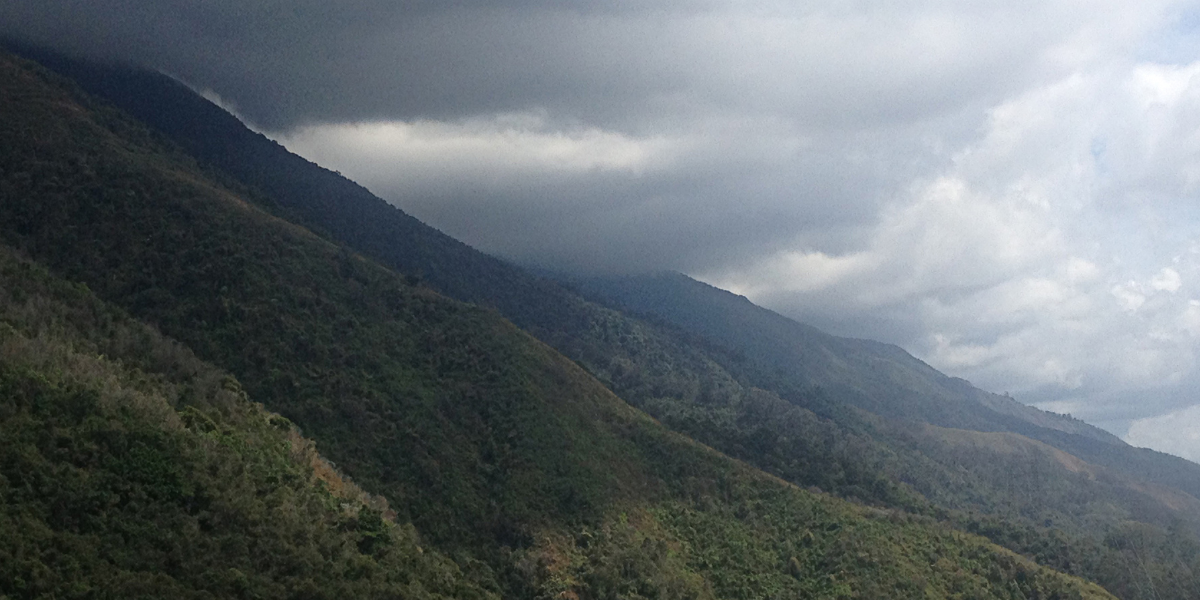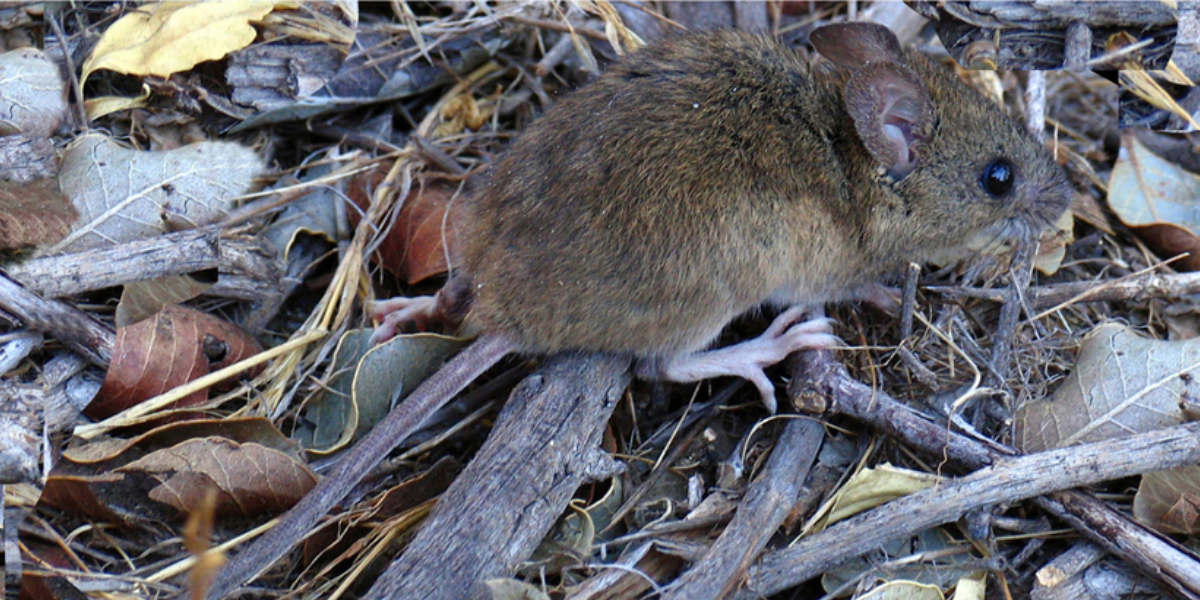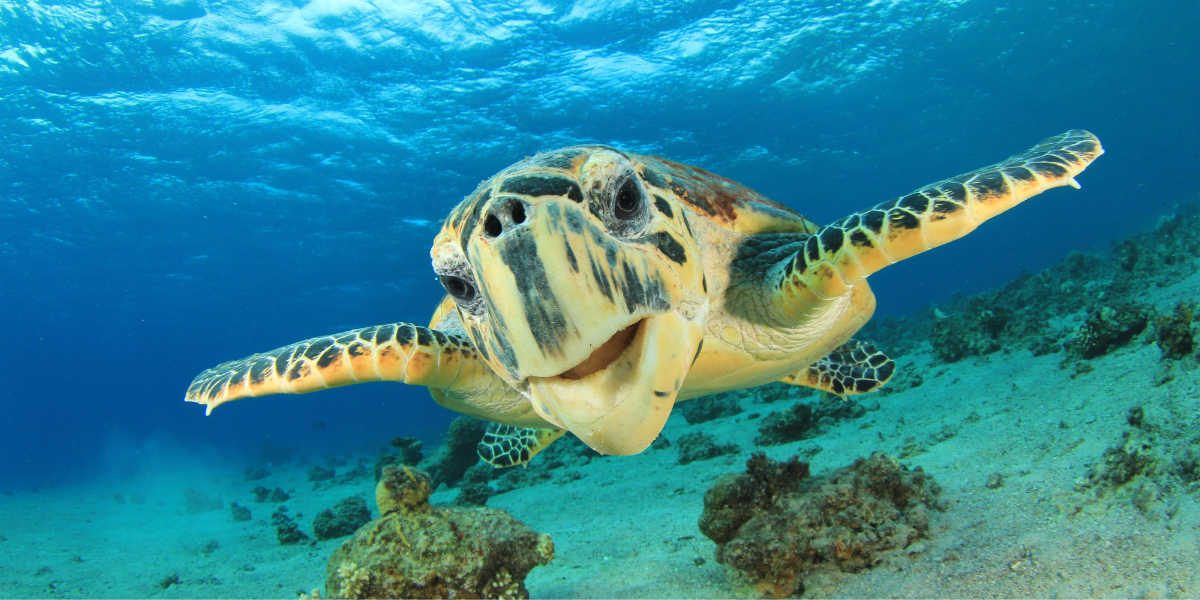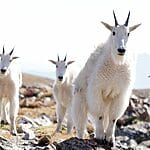El Salvador is a treasure trove of biodiversity, home to a captivating array of wildlife that attracts visitors and locals alike.
From the majestic American crocodile to the mysterious cloud forest rice rat, this small country offers a glimpse into a world of fascinating creatures, many of which face the threat of extinction.
Despite its rich animal life, El Salvador’s wildlife struggles with challenges like habitat loss and hunting. These threats put the survival of many unique species at risk, making conservation efforts critical.
In this article, we’ll explore the lives of some of the most interesting animals found in El Salvador’s lush landscapes. You’ll learn about their habits, the risks they face, and why they are worth protecting.
National Parks for Interesting Animals in El Salvador
Parque Nacional Montecristo
Parque Nacional Montecristo is a cloud forest national park in El Salvador. It is home to many animals, including ocelots, pumas, spider monkeys, and quetzals.

It is also home to the cloud forest rice rat, which is a critically endangered species. This park is a great place to explore various animals species.
The park is named after the highest peak in the park, Montecristo, which is 2,410 meters (7,900 feet) tall. It is home to over 200 species of birds.
Parque Nacional El Imposible
Parque Nacional El Imposible is a national park in El Salvador that is known for its rugged terrain and its diverse ecosystem. Here you will find exotic animals, including jaguarundis, coatimundis, and toucans.

The native animals of this park are the endangered ocelot and the threatened margay. The park is a great place to see amazing animals and learn about multiple wildlife animals. There are about 6 separate rivers and many small streams in the park.
Parque Nacional Cerro Verde
Parque Nacional Cerro Verde is a national park that is home to many interesting animals found in El Salvador, located near the city of Santa Ana. The park is home to a many animals, including white-faced monkeys, deer, coyotes, and the turquoise-browed motmot (the national animal of El Salvador).

Let’s Explore the 9 most Interesting Animals Live in El Salvador
American Crocodile
American crocodiles are large reptiles that can grow up to 20 feet long. These are interesting animals found in freshwater habitats in the southern Florida to Mexico and Central America.

Central Central American crocodiles are polygynous, it means that one male mate with multiple females. The breeding season of this species arrives in the spring, and females lay their eggs Nests, typically made in a mix of sand and vegetation, can be found in Central American habitats.
The eggs hatch after about 80 days, and the young crocodiles are independent from birth. American crocodiles are apex predators, and their diet consists of fish, turtles, birds, and mammals.
Interesting facts about American crocodiles:
American crocodiles are interesting animals live in El Salvador who are listed as a vulnerable species on the IUCN Red List. The main threats to American crocodiles are habitat loss, hunting, and pollution.
These crocodiles are excellent swimmers, and can stay underwater for up to 2 hours. They are physically very strong, and can bite with a force of up to 3,700 PSI (pounds per square inch).
American crocodiles are an important part of the ecosystem, and popular tourist attraction. They can be seen in zoos and wildlife parks around the world.
Cloud Forest Rice Rat
Cloud forest rice rats are small rodents that are found in the cloud forests of Central America. They are about the size of a mouse, and they have dark fur that is covered in white spots.

These are nocturnal animals, and they spend most of their time foraging for food in the forest understory. Their diet consists of fruits, seeds, and insects.
Cloud forest rice rats are monogamous, and they have only one mating partner. The breeding season of cloud forest rice rats is spring season, in which females give birth to litters of 2-4 young.
Their young ones are born blind and helpless, but they grow quickly and are independent within a few weeks.
Cloud forest rice rats are interesting animals in El Salvador but listed as a near-threatened species on the IUCN Red List. The main threats to cloud forest rice rats are habitat loss and hunting.
Interesting facts about Cloud Forest Rice Rats:
Cloud forest rice rats are excellent climbers, and they use their sharp claws to grip onto branches and vines.
These rats are also good swimmers, and use their tails to help them steer.
They are an important part of the cloud forest ecosystem, and they help to disperse seeds and control insect populations.
Margay
The margay (Leopardus wiedii)is a small wild cat native to Central and South America. Many interesting animals found in El Salvador, including forests, woodlands, and even urban areas. They are excellent climbers and they often hunt from trees.

Margays are carnivores and their diet consists of small mammals, birds, and reptiles. Their pregnancy stays for 70 days and they give birth to 1-2 kittens. Kittens stay with their mother for about 6 months before they get fully independent to survive in the wild.
Margays are listed as Near Threatened on the IUCN Red List. The main threats to margays are habitat loss, hunting, and conflict with humans.
Few interesting facts about margays:
Margays have the ability to rotate their hind legs 180°, enabling them to run head first down trees.
They have large eyes that help them see in low light conditions.
These endangered animals are excellent swimmers.
Ocelot
Ocelots are medium-sized spotted cats that are found in Central and South America. They are solitary animals, and mostly active at night. Their diet consists of small mammals, birds, reptiles, and fish. Ocelots are excellent climbers and swimmers.

Ocelots, similar to jaguarundi, breed all year round, but the peak breeding season comes in the spring season in areas like Honduras. Females give birth to 1-3 kittens after a gestation period of about 70 days. Kittens are weaned at around 6 weeks old and become independent at around 1 year old.
Ocelots are listed as Least Concern on the IUCN Red List of Threatened Species. However, they are still vulnerable to habitat loss and hunting.
Interesting facts about ocelots:
Ocelots have a unique spotted coat that helps them to camouflage themselves in their forest habitat.
These wild cats are excellent swimmers and known to swim across rivers and even in the oceans.
Mountain lions
Mountain lions, also known as pumas or cougars. These are large cats that are animals native to North and South America. They live in forests and mountains, similar to the diverse ecosystems of Costa Rica.
Their diet consists of deer, elk, and other large mammals. They are also known to eat smaller animals, such as rabbits, rodents, and birds.

They breed in the spring and summer. Females give birth to 1-3 cubs after a gestation period of about 90 days. Cubs stay with their mother for about 1 to 2 years.
These lions are listed as Least Concern on the IUCN Red List of Threatened Species. However, they are still vulnerable to hunting and habitat loss.
Some interesting facts about these most dangerous animals:>
These lions can jump up to 15 feet high and 40 feet long. They can run up to 50 mph, and have excellent night vision, an attribute shared by the Central American jaguarundi. Their roar can be heard up to 5 miles away.
Hawksbill Turtle
Hawksbill Turtles are interesting animals that live in El Salvador, found in tropical and subtropical waters around the world. They’re named for their sharp, hooked beaks, which they use to feed on sponges. These turtles also eat jellyfish, sea urchins, and other invertebrates.

Hawksbill turtles reach sexual maturity at around 20 to 30 years old. Females lay their eggs on sandy beaches. Each nest contains around 100 to 160 eggs. The eggs hatch after about 60 days.
The hawksbill turtle is listed as Critically Endangered animal on the IUCN Red List of Threatened Species. The main threats to their survival are poaching, habitat loss, and pollution.
Interesting Facts about the Hawksbill turtle
Hawksbill turtle got hawksbill in their name due to their pointed beak.
These turtles are an important part of the marine ecosystem. They help to control populations of sponges and other invertebrates.
The female lays eggs in the nest where where they were born.
Three-toed Sloth
Three-toed sloths are slow-moving mammals that live in the tropical forests of Central and South America. They are the only members of the genus Bradypus and the family Bradypodidae.

Three-toed sloths eat leaves, shoots, and fruits. They also have a very good sense of smell, which helps them to find their food.
Three-toed sloths are solitary animals, except for during the breeding season. Females give birth to one baby at a time. These sloths are listed as Least Concern on the IUCN Red List of Threatened Species. However, they are still vulnerable to habitat loss and hunting.
Some interesting facts about three-toed sloths:
They have three claws on each foot, and can sleep for up to 18 hours a day.
These sloths are excellent swimmers.
White-faced Capuchin Monkey
The white-faced capuchin monkey (Cebus capucinus) is a small, intelligent monkey found in Central and South America. It is characterized by its white face, black cap, and long, prehensile tail.

White-faced capuchins are interesting animals in El Salvador who are omnivores and their diet consists of fruits, vegetables, insects, and small animals. They are social animals and live in groups of up to 30 individuals.
These capuchins are known for their intelligence and can use tools, such as rocks to crack open nuts. They are also very playful and enjoy climbing trees and playing games with each other.
These monkeys are listed as Least Concern on the IUCN Red List. However, they are still endangered animals due to habitat loss and hunting.
Some interesting facts about white-faced capuchin monkeys:
Capuchins are one of the most intelligent species of monkey.
They are very social animals and live in groups of up to 30 individuals.
Quetzal
Quetzals are brightly-colored birds found in the cloud forests of Central America. These interesting animals are about 14 inches long, with long, floating tail feathers that can reach up to 2 feet in length. The male quetzal is more brightly colored than the female, with a green body, a red breast, and a blue head.

Quetzals are interesting animals in El Salvador as they eat fruits, berries, insects, and small reptiles. They are solitary birds, except for during the breeding season. Females lay 2-3 eggs, which hatch after about 16 days. The young birds fledge after about 6 weeks.
Quetzals are an important part of the cloud forest ecosystem. They help to disperse seeds and pollinate plants.
These birds are listed as Vulnerable on the IUCN Red List of Threatened Species. The main threats to this animal species are habitat loss, hunting, and the pet trade.
Interesting facts about quetzals:
It is the national bird of Guatemala.
Their long tail feathers were once used to make ceremonial headdresses.
The quetzal’s call is a high-pitched whistle.
National Animal Of El Salvador
The national animal of El Salvador is the turquoise-browed motmot (Eumomota superciliosa). It is a brightly colored bird that is found in the forests of Central America.
The male motmot has a deep turquoise chest and bright blue patches on its head, chest, and long tail feathers. The female is more muted in color, with a green body and a brown head.
Conclusion
Exploring the dangerous animals that live in El Salvador reveals a rich tapestry of biodiversity that warrants conservation efforts. From the elusive motmots to the intricate Mayan connection with certain species, such as the slender lizard, the country’s borders host a myriad of unique creatures.
Notably, the distinctions between males and females in these species, like the captivating beetle, add another layer to their intrigue.
Recognizing and preserving these remarkable animals not only safeguards El Salvador’s natural heritage but also contributes to global conservation endeavors, ensuring these captivating creatures endure for generations to come. So this was all about it, I hope you liked it and found it useful.
Frequently Asked Questions
What unique animals are from El Salvador?
What are some facts about El Salvador animals?
Are there jaguars in El Salvador?
What animal represents Salvador?
- What Should I Do If A Koala Bites Me? Safety Guide - 2024-05-30
- Are Kangaroos Born Without Hind Legs? A Fascinating Journey - 2024-05-30
- Animals That Look Like Squirrels - 2024-05-30









